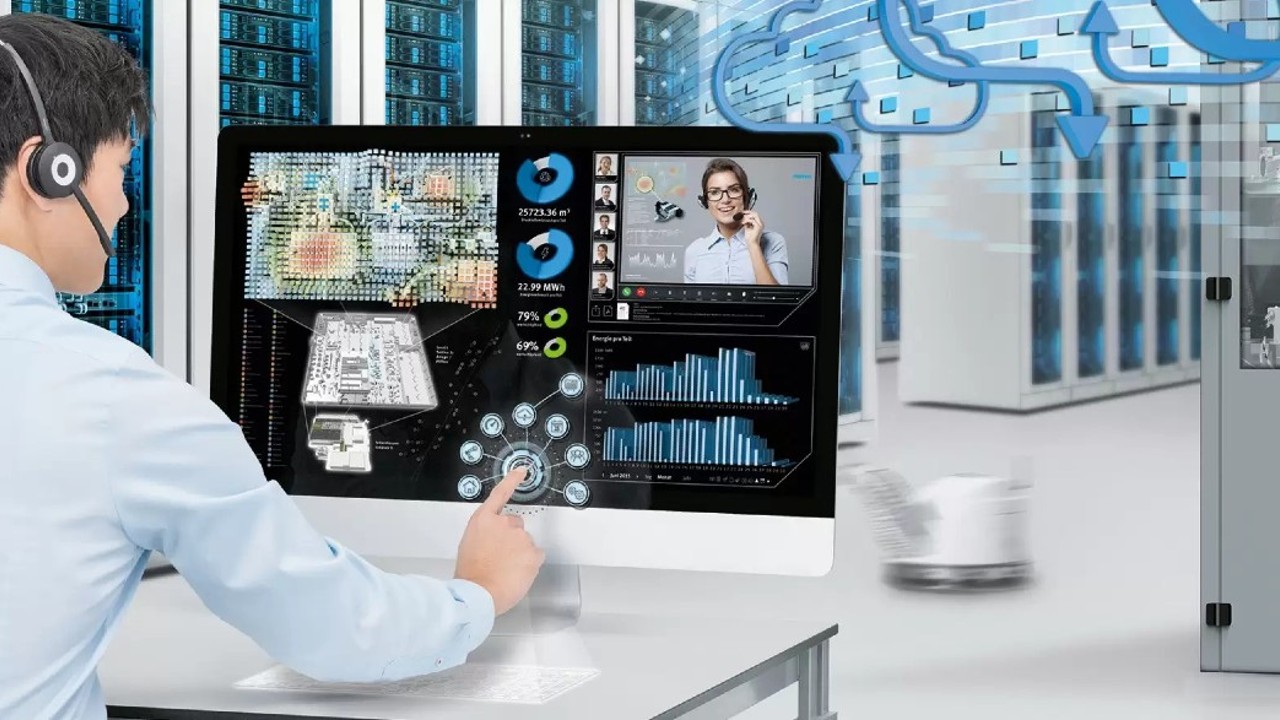We continue our journey within Festo Academy to talk about some fundamental aspects for a digital academy: the importance of design and the need to redesign many courses; the use of blended courses; the role of asynchronous courses.
When an internal Academy that mainly offers face-to-face training activities is transformed into a digital one, it is necessary to make changes and address a series of critical issues. In the previous article, we talked about some of these aspects, while today we're going to focus on topics such as redesign, blended courses and the role of asynchronous courses.
Design and programming
As taught by Festo experience, planning and programming are essential in the transition to a digital academy. If in presence, it's possible to leave something to chance, remotely, it's essential to anticipate and think about any unforeseen events, which actually happen all the time (delays, technical problems, etc.). Not just this: becoming a digital academy means, above all, having to redesign the way the courses have been previously conceived; in fact, it's not possible to simply transfer the old courses into the new ones, but it's necessary to redesign them so that they can be accessed with methods, such as the flex mode. In this redesign process, many courses at Festo have been designed according to the "blended" formula.
Redesigning the learning experience: what challenges?
At Festo Academy, one of the main problems was convincing many trainers - very good at teaching but less good at training design - that nowadays designing the learning experience with digital tools is fundamental.
Another challenge has been keeping intact the roots of Festo Academy, which are grounded in "hands-on", experiential training revolving around laboratory equipment (in particular machines that, on a smaller scale, reproduce automation systems and on which users can gain experience). Online, it was necessary to find new ways that would allow Festo to transform itself into a digital academy without losing its original vocation. Blended courses have proven perfect in this respect.
Festo Academy and "true blended"
"Blended" is a broad concept, but it essentially means that the entire training experience is designed with multiple synergistic and alternating tools. For example: 1 hour of pre-assessment, 1 hour of overview, a part of elearning, 4 hours of webinar, 2 days in the classroom with exercises, games and insights.
Going back to experiential training, Festo Academy has built several blended programs on technical topics, for example by subdividing and managing a part of approaching technology and key concepts remotely and keeping a specific part in the laboratory.
In the remote part various elements have been integrated, such as:
- Input testing and positioning
- Live webinar with the use of online sw simulators for the participants
- Some parts in elearning for individual follow-up
In the laboratory part, the participants came to class knowing the cases and the tasks to be completed in advance. Some projects were then completed remotely with reports also in team.
Also in the experimentation phase, in Germany, Festo Academy offers solutions in which part of the laboratories are replaced by environments and equipment in Virtual Reality. These experiments are possible only with certain companies and they are not so simple to carry out because of costs and necessary equipment; they could, however, be increasingly present in the future. Nevertheless, there are certainly roles and professions for which the acquisition of practical experience and of the "muscle memory" connected to experience remains necessary. Playing tennis on the wii is not the same as years of training on the court, but I certainly understand a bit what I have to do.
The role of e-learning and Festo Academy's asynchronous catalog
As mentioned above, many blended courses include, in fact, an elearning part. However, the asynchronous experience has not yet entered the usual baggage of customers, especially those of medium size who do not have large economies of scale with elearning. Sometimes it is seen by those who use it as a panacea and low-cost solution to the skills gap problem. Those with a broader experience see it as an integration of a blended path.
Festo has an International catalog of asynchronous courses in different languages on industrial topics and one on some core topics in Italian (Digitization, Lean, Agile Project Management and others). However, the choice which is considered as the most effective is to create customized e-learning for customer projects using the customer's know-how integrated with that of Festo Academy.
In the Italian media company, however, there's no widespread culture on this aspect. An elearning product is expected to cost much less than synchronous activity, whereas the realization of a good asynchronous product is much more demanding than a synchronous one and costs more. For customers this is often not clear: they are used to paying, in a certain sense, for time, an aspect which is not so visible in asynchronous courses. One of Festo Academy's main goals is now to emphasize this aspect and make people understand the importance of asynchronous training. In this regard, a musical example might fit: when you play in a group, you study the score alone and then rehearse together.
About Festo:
Festo Academy
Festo Academy is an Industrial Management School operating on the issues of industrial processes, organization and business management with Executive Masters, role paths and training initiatives.Its mission is to support companies in expressing their maximum potential by expanding and developing the skills of their human resources.Festo Academy and Festo Consulting are part of the multinational industrial group Festo A.G., a leader in the industrial automation sector, constantly focused on innovation and the enhancement of people.Festo Academy is:
Affiliate of the Demand Driven instituteATP of the Project Management Institute (PMI)Certification body for maintenance skills (EN 15628) and fluidic technologies (CETOP)Collaborator of Scrum Alliance and Scrum.org.Iso 9001 certified as EA37 consulting and training company


